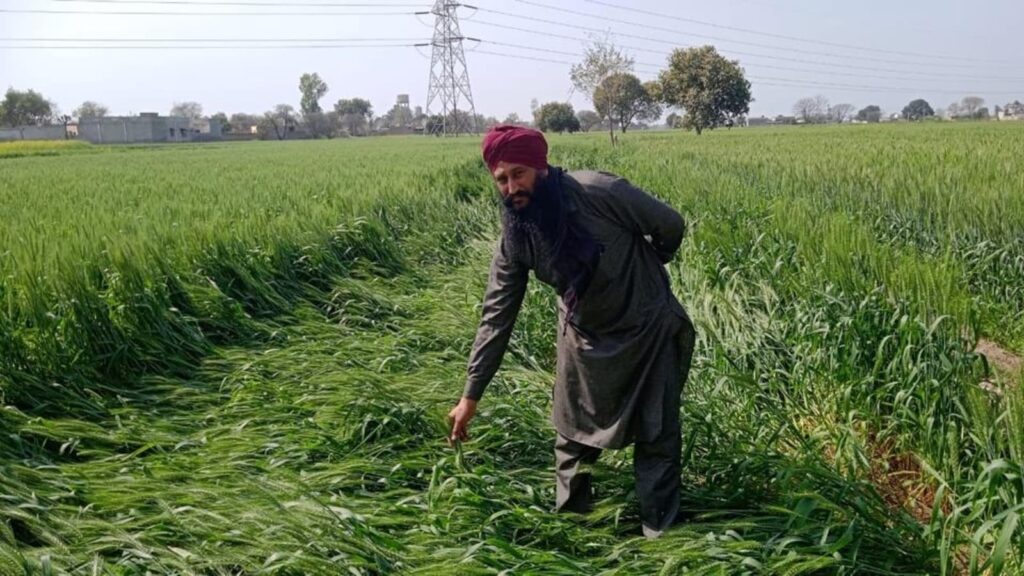Today is the first working day of the fiscal year 2023-24. The Indian economy, notwithstanding its immediate and long-term challenges, has finished fiscal year 2022-23 on a much better note than most economies. In the neighbourhood, Sri Lanka and Pakistan are facing a severe economic crisis. The Chinese economy was reeling under the disruption of its regime’s zero-Covid strategy which was only withdrawn a few months ago. Advanced economies have been battling high inflation for most of this period and are now dealing with a crisis in the financial sector.
India, on the other hand, has managed to keep its macroeconomic fundamentals (relatively) under control and is still the world’s fastest growing major economy. This is not an insignificant achievement. What makes things even better for the economy is that the current regime has made a long-term investment in boosting capital spending which is primarily aimed at a big overhaul and expansion of India’s physical infrastructure. While the time horizon for this larger project is spread over more than two decades, the eventual gains for India’s economic fortunes will be very significant.
The only question worth asking at the beginning of year is: Will the government stay the course on this long-term economic vision? It is here that 2023-24 will be a crucial year, given the fact that it will end with the general elections.
Most governments, and the first Modi government was no exception, are inclined to veer towards populism in an election year. The degree and nature of such a turn are dependent on the state of the economy, especially the informal sector and agriculture, which provide livelihoods to an overwhelming share of voters. More than anything else, weather is likely to play a critical role in determining this. The month of March saw a scare to the winter crop, especially wheat, moving from a premature heat wave to excess rainfall. The exact magnitude of damage is still being assessed. A weak monsoon because of 2023 being an El Nino year could further complicate problems for farmers and by extension, hurt informal sector earnings. It may force the government to abandon its fiscal consolidation and perhaps even capital spending focus to divert resources towards preventing a political backlash during elections. This, more than anything else is the “X factor” for the economy’s prospects in the new fiscal year.
Enjoy unlimited digital access with HT Premium
Subscribe Now to continue reading


